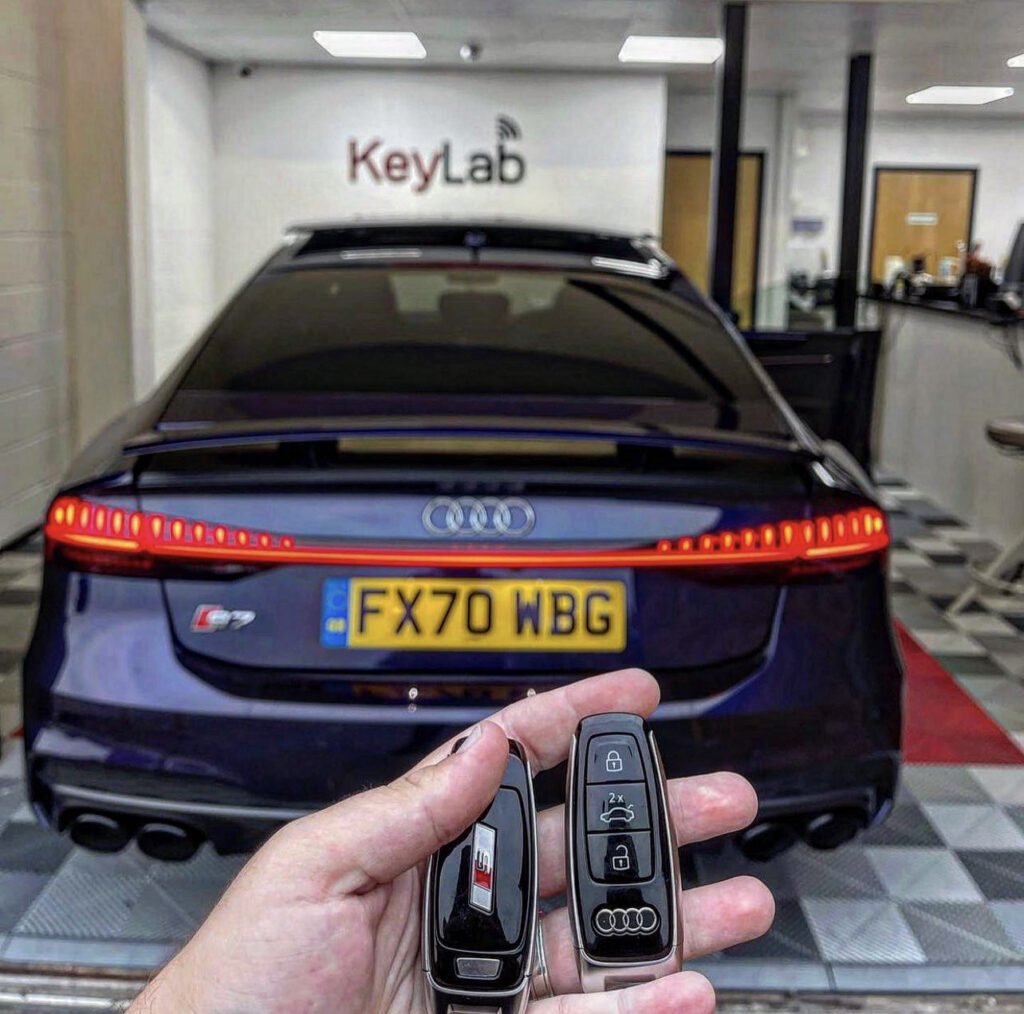Automotive Diagnostics
There are a variety of diagnostic tools that are available for use in automobiles. This includes back-pin probing Pattern recognition algorithms and Component failure alert systems. These diagnostic tools will help you communicate via remote assistance services and also identify component problems. These tools are crucial to ensure your car is safe while on the road.

Warning system for component failure
Modern vehicles have many electronic and internal systems that are able to monitor the performance of the vehicle. A malfunction could cause these systems. When a part of the vehicle fails to function properly, it sends a warning signal to let the driver know about the problem. Certain warning lights signal a minor problem like gas cap leakage. Others could indicate a more serious problem.
A system that detects malfunctions may store information that can be used to help a technician diagnose the problem and then fix it. Repair technicians can quickly solve the issue if it is detected early enough. By following the tips, a vehicle owner can improve its security and lower the cost of maintenance.
Modern vehicles are equipped with a computer diagnostics system that constantly monitors all major functions and systems. It also monitors the efficiency of fuel and harmful emissions. A warning light will be displayed on the dashboard when a component is damaged. This system, dubbed OBD is utilized on personal vehicles, trucks and commercial vehicles. It has become an industry standard and makes diagnosing much easier.
These warnings are in the form of Diagnostic Trouble Codes or DTCs, which are the result of a diagnostic procedure that determines the root cause of the issue. Diagnostics involves analyzing service information, pin-point tests on the vehicle, and inspecting affected areas. To accurately diagnose the problem with your vehicle it is essential to understand the meaning of these codes.
Communication between vehicles and the remote assistance facility
Remote assistance devices will only work with your vehicle if there is a way of communicating with it. Vehicle-to-vehicle (V2V) communication is a method to communicate with other vehicles and exchange information wirelessly. This technology allows the transmission and reception of omnidirectional messages up 10 times per minute. It allows vehicles to maintain an eye on their surroundings in 360 degrees. It also collects data from vehicles in the vicinity to alert drivers about upcoming accidents. These systems can also employ audible and tactile alerts to help drivers avoid accidents.
Back-pin probing
Back-pin probing, which is a technique used in automotive diagnostics employs a sharp point to contact automotive connectors. how much is car diagnostic test are typically inexpensive and can be used on the majority of vehicle models. These probes are useful in monitoring live circuits, without damaging connectors. This process will eliminate the need to puncture the wire insulation.
Back-probing as a method of automotive diagnostics is favored by many repair technicians since it is safer and more convenient than the process of piercing wire insulation. These tools can be inserted into automotive connectors with a variety tips. Many of the back-probes that are made for speciality are small in diameter, which reduces the force applied to the connector.
Some automotive diagnostic kits contain various connectors and probes, like banana plugs, alligator clips, and pointed probe tips. Some kits also include assorted test kits. These kits allow you to quickly and easily look for any potential issues in your vehicle's electrical system.
Back-pin probing could be one of the most efficient ways to test automotive connectors. It lets you quickly connect and disconnect the test leads. Another advantage of this method of diagnosis is that it's cost-effective. This method could save a lot of time, labor as well as money.
On-board diagnostics
On-board diagnostics in automotive systems can provide drivers with vital details about the condition of their vehicle. It can also notify them when their vehicle requires repairs or maintenance. This technology can improve fuel efficiency and reliability. This technology can be utilized to enhance safety and engine performance by car manufacturers. These systems can also help save time and money by allowing drivers to see how their car is performing without the need to wait at the mechanic's shop.
Before the introduction of standardized on-board diagnostics, the manufacturers created their own systems. Early versions of the system featured specific connectors designed by the manufacturer, electronic interfaces, and custom codes used to report a malfunction. Volkswagen and Datsun introduced the first systems in the year 1968 and 1978. The Society of Automotive Engineers (SAE) eventually required all cars to be equipped with this technology. California also required that all cars have on-board diagnostics in 1994.
On-board diagnostics systems have become so sophisticated that they have the computing power of a desktop computer. They are compatible with a variety of mid-speed networks, and are now capable of handling massive quantities of data. Additionally, the majority of on-board diagnostics systems include a vehicle speed sensor that can accurately detect roads that are rough. These sensors are integrated into the engine control module, or ECU.
OBD systems can detect problems in a vehicle's engine and cause a warning light to appear in the instrument cluster. After the OBD system has identified the issue it saves a diagnostic code. A mechanic can then connect a scan tool to the OBD connector under the dashboard to examine the trouble code. While reading a trouble code is helpful, it doesn't necessarily indicate that a mechanic knows what's wrong with your vehicle.
